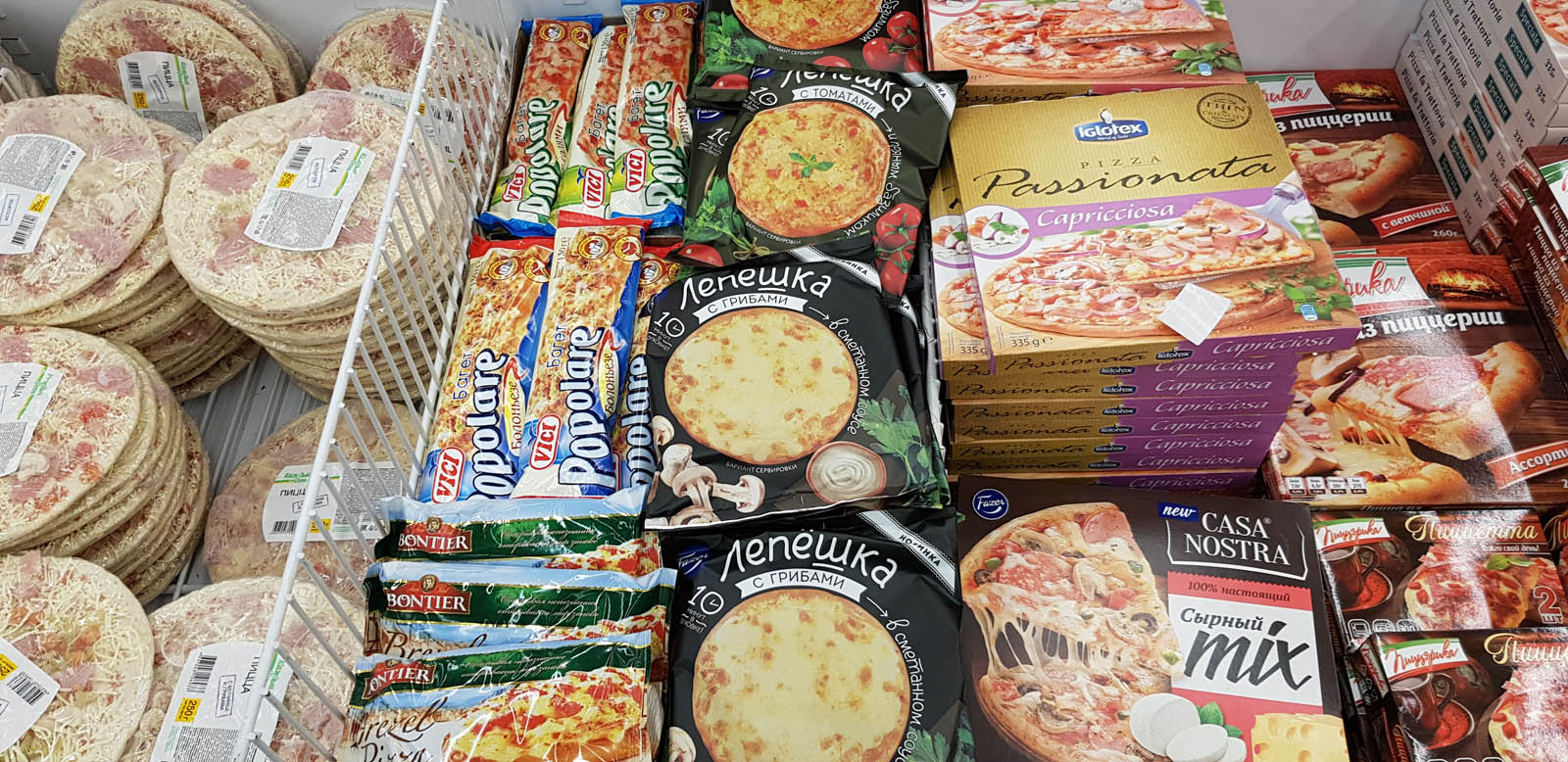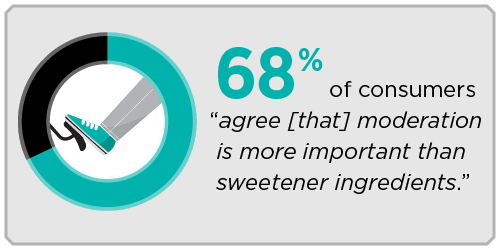
Clean Food Label Initiative: A Warning for Brands
Filed Under: Food & Beverage, Grow / Maintaining Strong Brands

Zach Olsen
Although market trends in the past 15 years indicate a shift toward production and labelling of foods as “all natural,” “unprocessed,” and now as “clean,” the FDA has not yet provided any approved definitions for these terms (or any variations of them). In fact, food producers themselves often determine what they label as “clean.” But some retailers, like Whole Foods, have more concrete definitions about which ingredients may (or may not) be included in “clean” labeled foods. This retailer check is often the only regulatory oversight against companies’ labelling of their products.
When food companies prominently stamp their products with a “clean” bill of health, they should definitely consider how consumers define this term. Specifically, consumers expect three criteria to be met when a food has been labeled clean:
- No (or fewer) additives,
- Simple, recognizable ingredient list, and
- Minimal processing.
When these three requisites have been met, consumers may also begin to believe these foods are healthier. However, consumers should be certain their definition of “clean food” aligns with food producers’ definitions.
Even if consumers and the companies that make their food agree on this clean label definition, such a label carries implications both groups should be aware of.
- First and foremost, the process by which producers label their foods certainly carries legal baggage, as Nutella found when they made claims that their product was “wholesome” and was “an example of a tasty yet balanced breakfast.” A lawsuit questioned the validity that Nutella could simultaneously be all those things and still contain 21 grams of sugar and 200 calories in each 2-tablespoon serving.
- Similarly, when food companies have assigned a “natural” label on their food in the past, those claims have come under fire from lawyers and activists. They felt that consumers, who had interpreted natural claims to have a broad meaning (as food producers intended them to), were being misled about “natural” labeled foods. Again, as with Nutella’s “wholesome” and “tasty yet balanced” claims, it seems that it wasn’t too big a stretch for consumers to believe that foods labeled as “natural” were somehow healthier than their “unnatural” counterparts.
With clean labels, companies are getting caught up yet again in the trend to provide the products their customers crave. Major players in the ice cream and confectionaries categories have even begun to apply the clean label to their products. While consumers certainly have a right to indulge in products with ingredients they trust, labelling ice cream and candy as “clean” is beginning to feel an awful lot like a certain wholesome, chocolate hazelnut spread.

While consumers may yearn for clean food labels, they are clearly no dummies when it comes to defining a balanced diet; consider the finding from the Corn Refiners Association which indicates that 68% of consumers “agree [that] moderation is more important than sweetener ingredients.” So whether your ice cream was hand-crafted by an artisan farmer five miles from your home or mass-produced in a factory, a pint of it inevitably contains quite a bit of sugar (for example, 84 g, or 21 sugar cubes, is in a pint of a popular brand of ice cream); no clean label is going to magically make that (mostly sugar) dairy dessert any healthier.
When considering clean labels for their products, food companies need to keep in mind the lessons learned (in the courtroom and otherwise) during the natural food label craze–consumers may yearn for a product they can feel good about eating, but companies must make sure not to mislead consumers into thinking that a product is necessarily good for their health.
explore featured
Case studies
